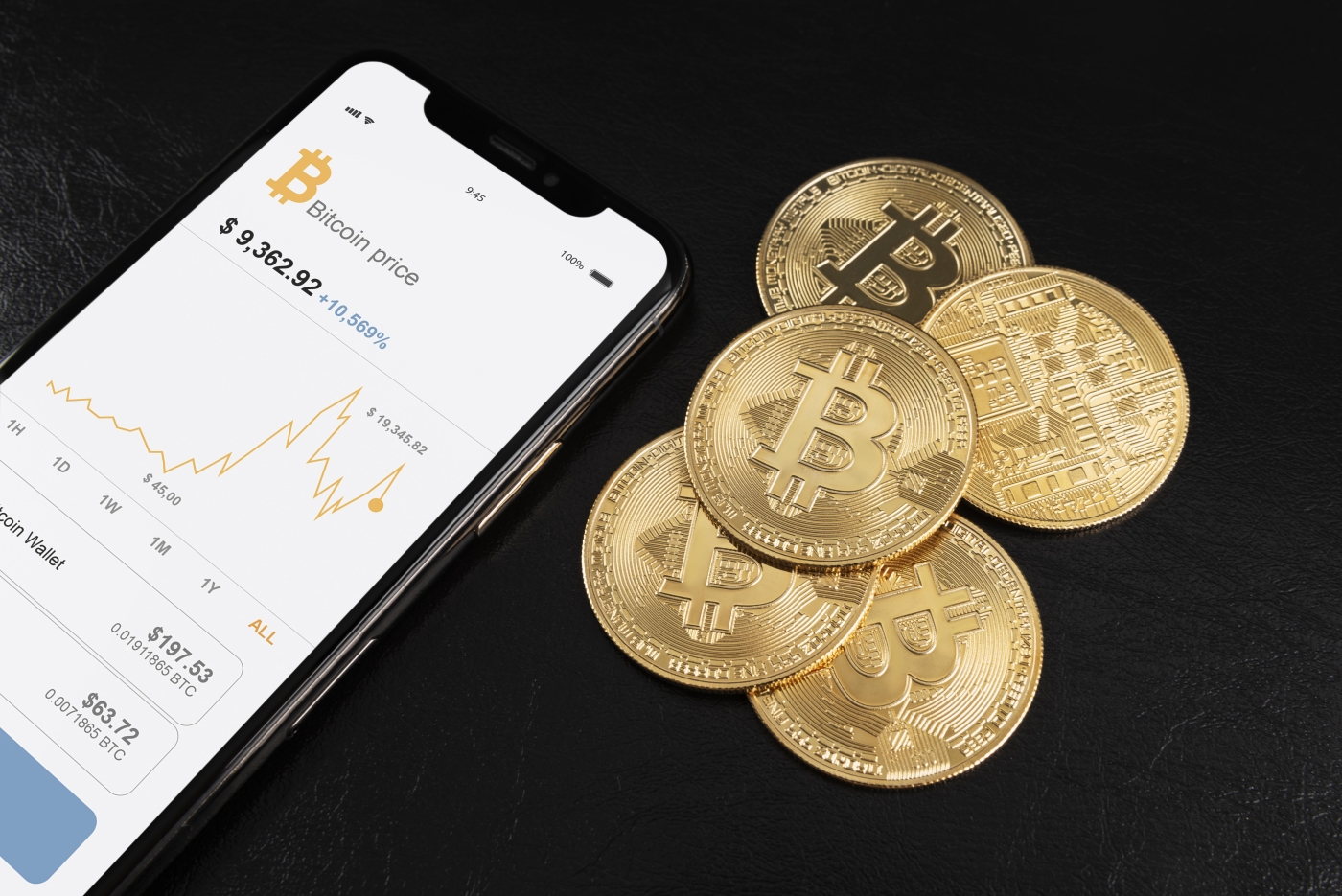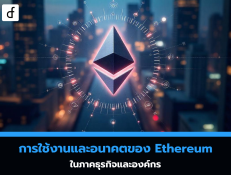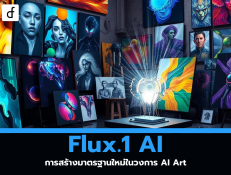
Bitcoin, Ethereum, and Altcoins: The Differences Between Each Cryptocurrency
2024-12-03 04:32:17
Bitcoin and Ethereum are the two most popular cryptocurrencies in the world, but they have different characteristics and uses. Other cryptocurrencies that are not Bitcoin or Ethereum are often referred to as altcoins, which have distinct features that set them apart from these two main currencies.

Bitcoin (BTC)
Launch: 2009
Creator: Satoshi Nakamoto (Satoshi Nakamoto)
Main features:
- Digital currency used for money transfers: Bitcoin is designed as a digital currency that can be used for direct money transfers and payment for goods or services without going through financial institutions.
- Proof of Work (PoW) mining: Bitcoin uses the PoW system, which means that computers use energy to solve mathematical problems to verify transactions.
- Coin limit: Bitcoin has a total of only 21 million coins that can be mined, which gives it lasting value and high rarity.
Main goal:
- Bitcoin was created to be a "digital currency" that can be used for transferring money between individuals without relying on banks or central authorities.
- It aims to be a "store of value," similar to gold.
Ethereum (ETH)
Launch: 2015
Creator: Vitalik Buterin (Vitalik Buterin)
Main features:
- Smart Contracts: Ethereum is more than just a digital currency; it is a platform that enables the creation of decentralized applications (DApps) and smart contracts. (Smart Contracts)
- Ethereum Virtual Machine (EVM): Used for processing smart contracts, which helps make transactions in the Ethereum system secure and automated.
- Proof of Stake (PoS) mining: Ethereum transitioned from PoW (like Bitcoin) to PoS to enhance energy sustainability and transaction efficiency.
- No limit on the number of coins: Ethereum has no limit on the number of coins that can be created, unlike Bitcoin, which is capped at 21 million coins.
Main goal:
- Ethereum aims to be a platform for decentralized applications (Decentralized Finance or DeFi) and the creation of new digital assets (such as NFTs) on its network.
- Ether (ETH) is both the currency of the network and the fee for transactions and the execution of smart contracts.
Altcoins (coins that are not Bitcoin and Ethereum)
Example:
- Ripple (XRP): Used for interbank transactions and cross-border money transfers.
- Litecoin (LTC): Designed to be a faster alternative to Bitcoin, with transactions occurring more quickly.
- Cardano (ADA): Focuses on the development of Smart Contracts and providing financial services in a decentralized manner.
- Polkadot (DOT): Focuses on connecting multiple blockchains to enable them to work together.
- Solana (SOL): Focuses on transaction processing speed and has low fees.
Main features:
- Specific objectives: Altcoins often have specific objectives to solve problems or improve certain aspects that Bitcoin or Ethereum have not yet been able to address, such as increasing transaction speed or making processing more efficient.
- New technologies: Many altcoins use new technologies such as Proof of Stake (PoS), Sharding, or Zero Knowledge Proofs to improve the speed and efficiency of the blockchain.
Main goal:
- Altcoins strives to develop and compete with Bitcoin and Ethereum by offering superior features or technologies.
- Some altcoins also focus on creating new applications such as DeFi, NFTs, cross-blockchain transactions, or high security.

Bitcoin: Suitable for value storage and long-term investment
Ethereum: Suitable for investors interested in Smart Contracts technology and DeFi
Altcoins: Suitable for those who want to diversify their investments and accept high risks.
Choosing to invest in cryptocurrency should be based on your goals and the level of risk you are willing to accept, while also thoroughly researching the information on each type of coin to ensure your decision is as effective as possible.
Leave a comment :
Recent post

2025-01-10 10:12:01

2024-05-31 03:06:49

2024-05-28 03:09:25
Tagscloud
Other interesting articles
There are many other interesting articles, try selecting them from below.

2024-11-25 02:49:34

2024-09-10 10:52:10

2024-08-19 10:49:29

2023-10-11 05:59:48

2023-11-02 09:24:43

2024-09-04 10:37:04

2025-01-30 09:54:31

2024-05-17 04:24:18

